Updated at 9:44 a.m. ET on November 12, 2018.
At least 31 people have been killed by wildfires raging across California as the state battles its deadliest fire season in decades.
Firefighters are warring with blazes up and down the state. In the north, the so-called Camp Fire has become the deadliest, largest, and most destructive fire in state history, killing at least 29 people and consuming 111,000 acres. In its trail of ash stand the smoldering ruins of Paradise, California, a city of 26,000 people until this week.
The Camp Fire is only about a quarter contained, and it still threatens the edge of Chico, the largest city in Butte County. At least 228 people remain unaccounted for, according to the local sheriff. The Camp Fire got its jolly name by a fluke: Most western wildfires are named after the place they started, and the Camp Fire began on Camp Creek Road.
In the south, firefighters are battling the Woolsey Fire, which has grown with the help of hot, howling Santa Ana winds. That fire has killed two people and devoured more than 85,000 acres, destroying buildings across Ventura County. It’s only 15 percent contained, and the Santa Anas were expected to pick up again on Sunday afternoon. (The same winds worsened last year’s fires as well.)
The Woolsey Fire has prompted the evacuation of Thousand Oaks, the same city menaced by a mass shooting on Wednesday that left 12 people dead.
“Right now families are in mourning, thousands have lost homes, and a quarter-million Americans have been forced to flee,” said Brian Rice, the president of the California Professional Firefighters. He was responding to comments from President Donald Trump, who threatened to withhold disaster relief for the state because of its “gross mismanagement of the forests.” (Most timberland in California is under federal control.)
While this California fire season has been particularly destructive, it is only the latest stage in what the climate scientist Daniel Swain calls “an astonishing multi-year fire siege.” Three of the state’s five largest fires on record have occurred in the past three years, all of them in Northern California. Millions of people have gotten used to living near big fires—sniffing the smoke when they open their door every morning, seeing the somber pink circle of sun in the sky every evening. A smaller number have fled homes in the middle of the night or driven through a storm of embers.
Yet the worst is probably still to come for much of the state. The California fire season usually ends with the first rains of fall. In recent years, these rains have been arriving later, and precipitation has concentrated in the darkest winter months. California’s hilly scrubland is at its driest—and most fire-prone—right before the rains arrive, so their delay can lengthen and intensify the fire season. Climate change appears likely to push the rains to even later in the year.
Insurance companies in particular have started to fear the worst. A recent RAND study found that home-insurance premiums have risen in the state’s most fire-prone areas compared with its less fire-prone areas. Some high-risk homeowners have switched to higher-deductible policies. The same study estimated that as the climate changes, the number of acres burned annually in the Sierra foothills will double in the next 30 years. If humans continue emitting carbon pollution at current rates, the number of acres burned will quadruple by 2100.
Climate change has already made fires worse. A 2016 study in Proceedings of the National Academy of Sciences found that climate change has doubled the number of acres burned across the American West since the 1980s.
Fires are not the only disasters that climate change will make worse—though they are among the most dramatic. Heat waves are the deadliest natural disasters in the United States, and they, too, are becoming more frequent and intense as a result of human greenhouse-gas pollution. They prove particularly deadly for senior citizens and infants. Forest fires might be seen as the particularly horrific edge of a sword that is coming for us all.



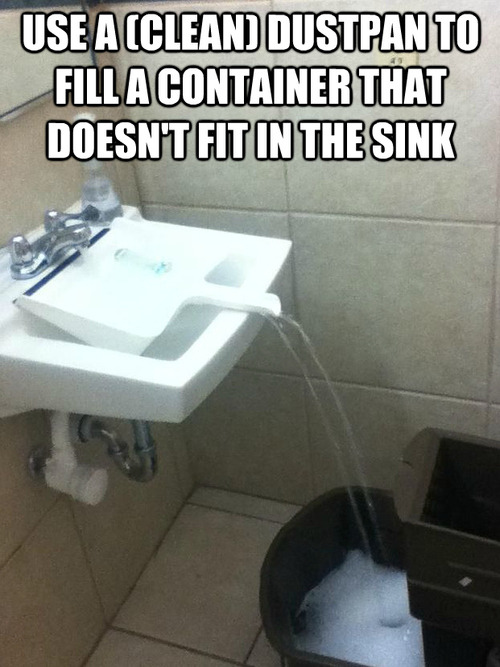


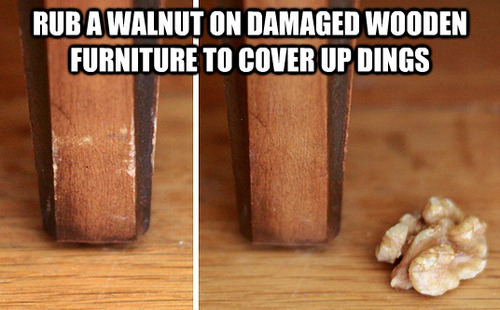



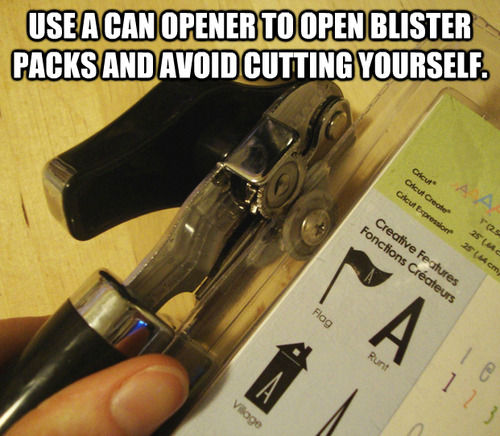










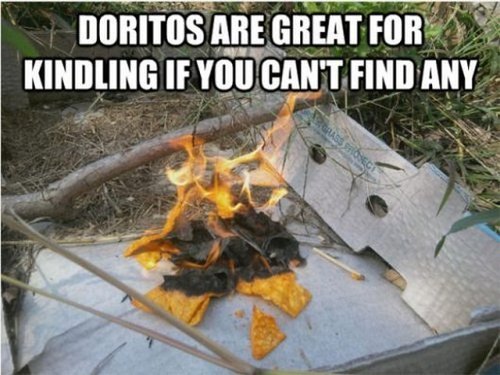




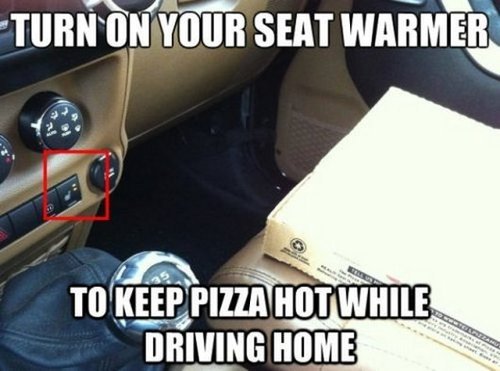



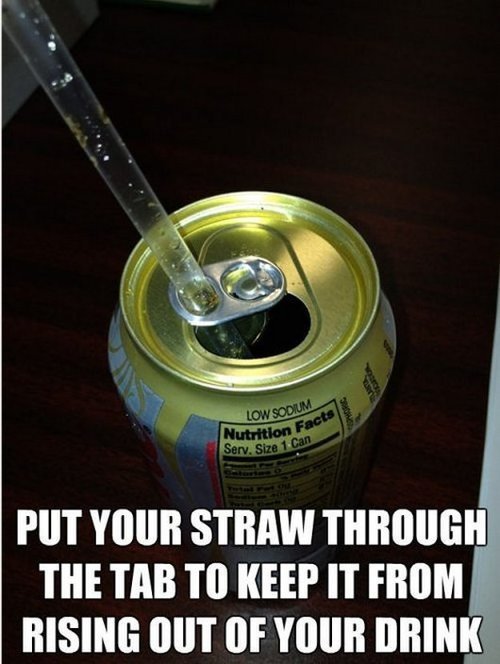









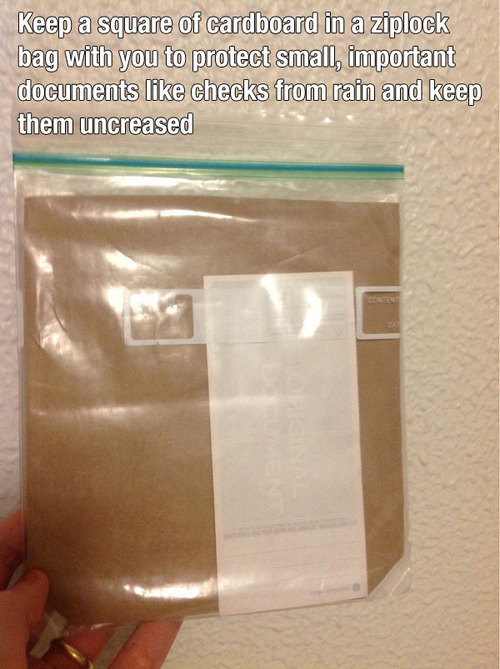


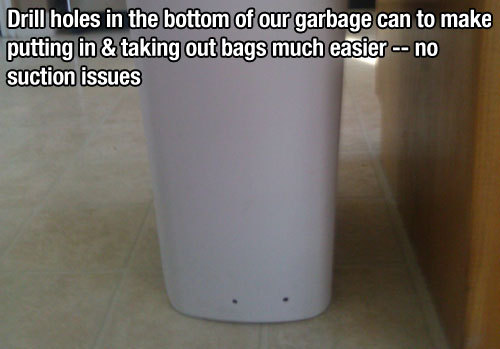
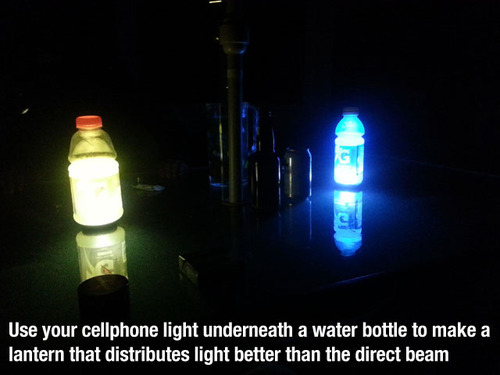











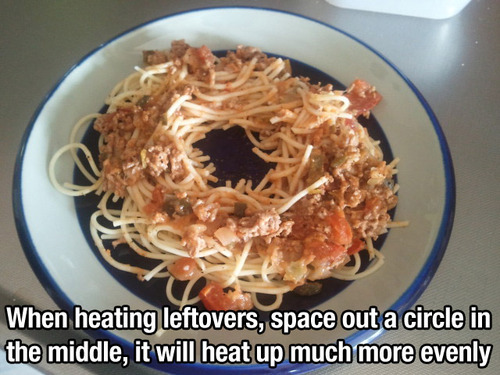

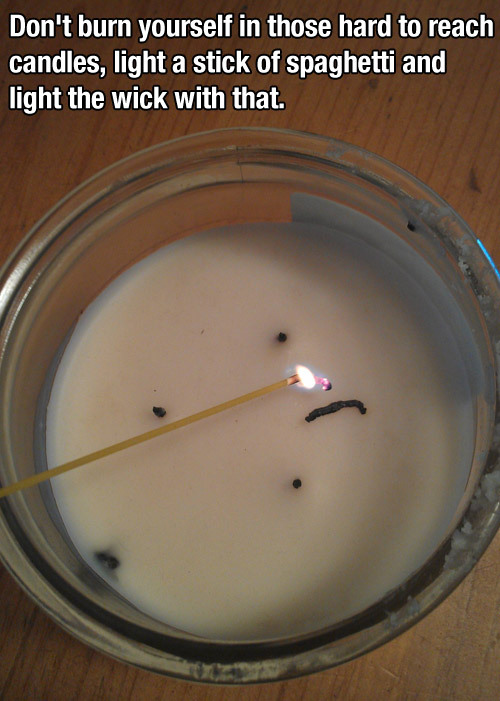



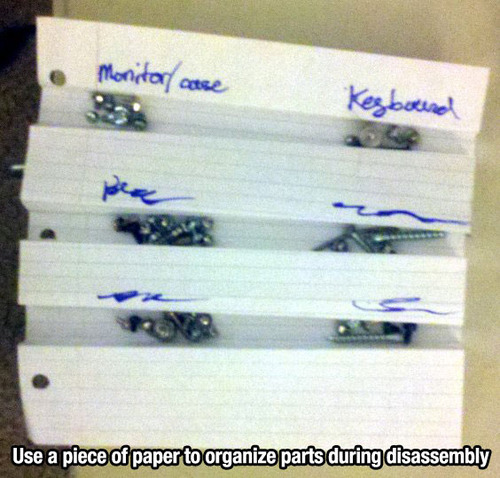





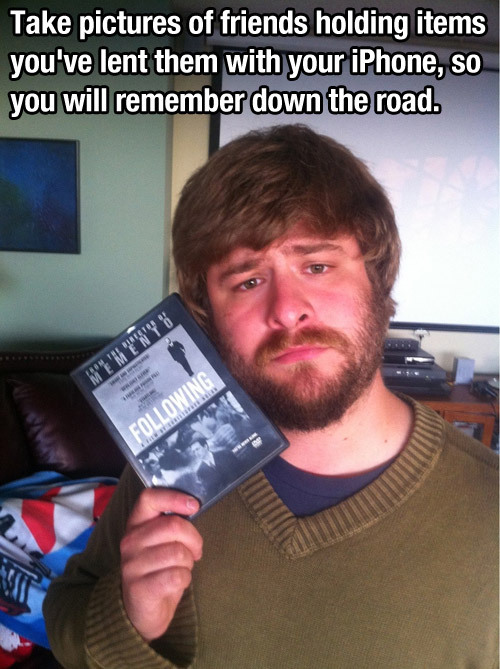



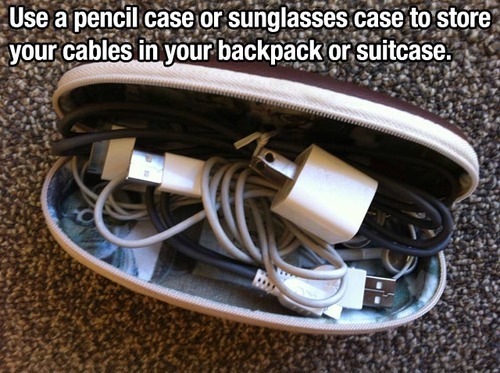

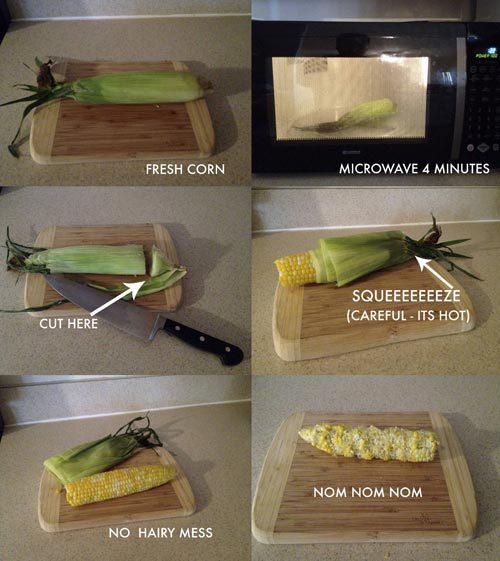




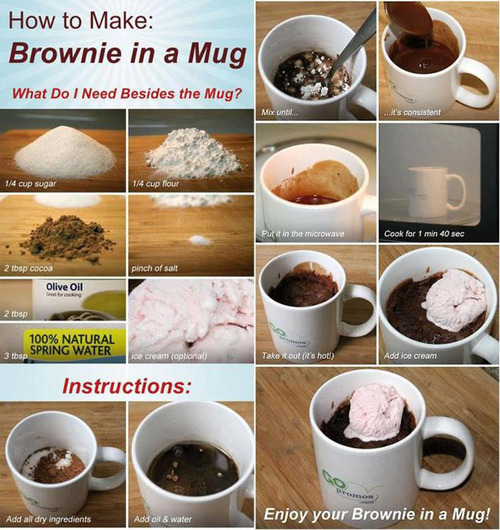

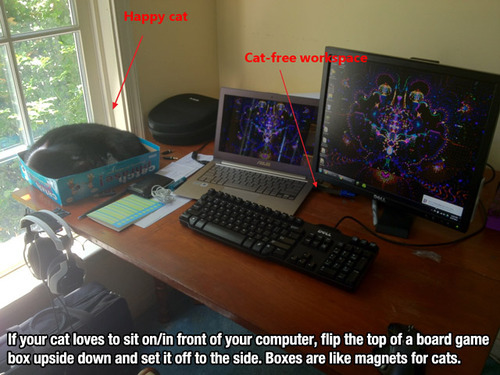


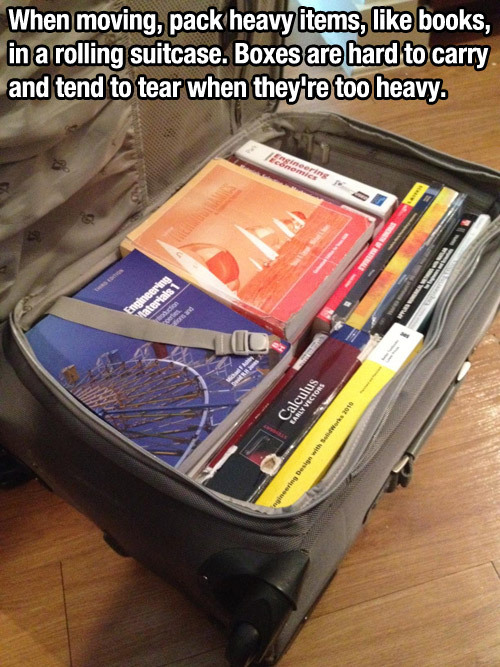






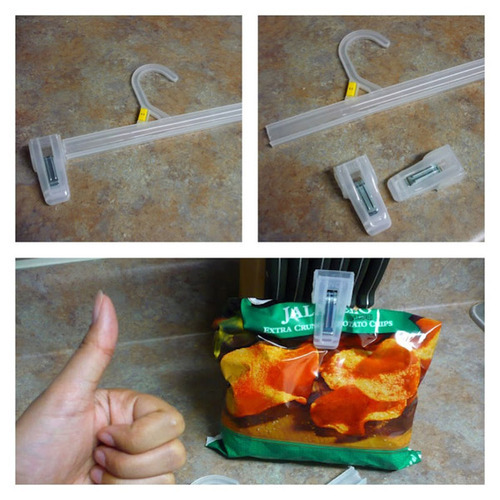


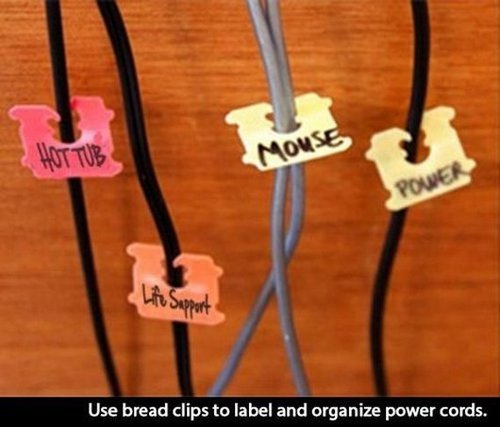



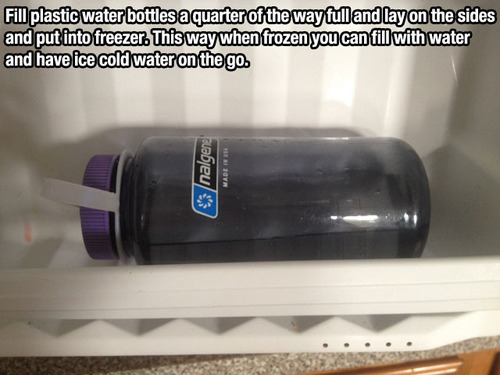
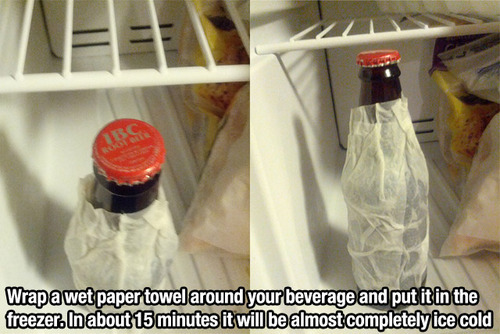

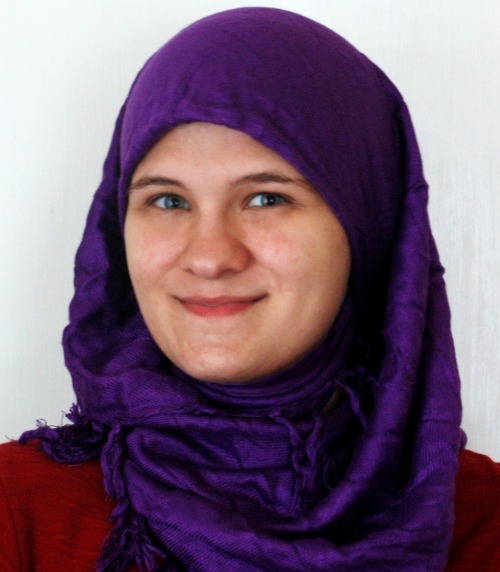






























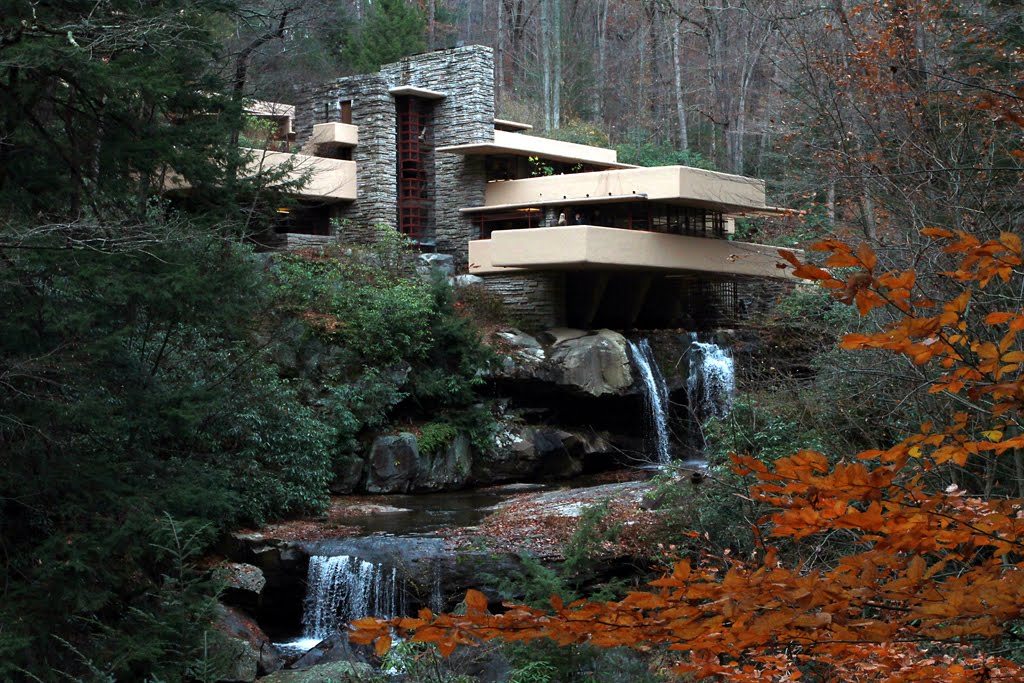
































 Of course, other than that up-front fee, Rdio’s royalty payments won’t provide much padding for musicians’ wallets, primarily because Rdio, like competing services
Of course, other than that up-front fee, Rdio’s royalty payments won’t provide much padding for musicians’ wallets, primarily because Rdio, like competing services  A service like Pandora, which has to scale up its royalty payments as more subscribers join, is already dealing with the clash between revenues it generates and the royalties it has to pay. Without a reduction in statutory payments, it is not clear how long Pandora will continue to operate.
A service like Pandora, which has to scale up its royalty payments as more subscribers join, is already dealing with the clash between revenues it generates and the royalties it has to pay. Without a reduction in statutory payments, it is not clear how long Pandora will continue to operate.